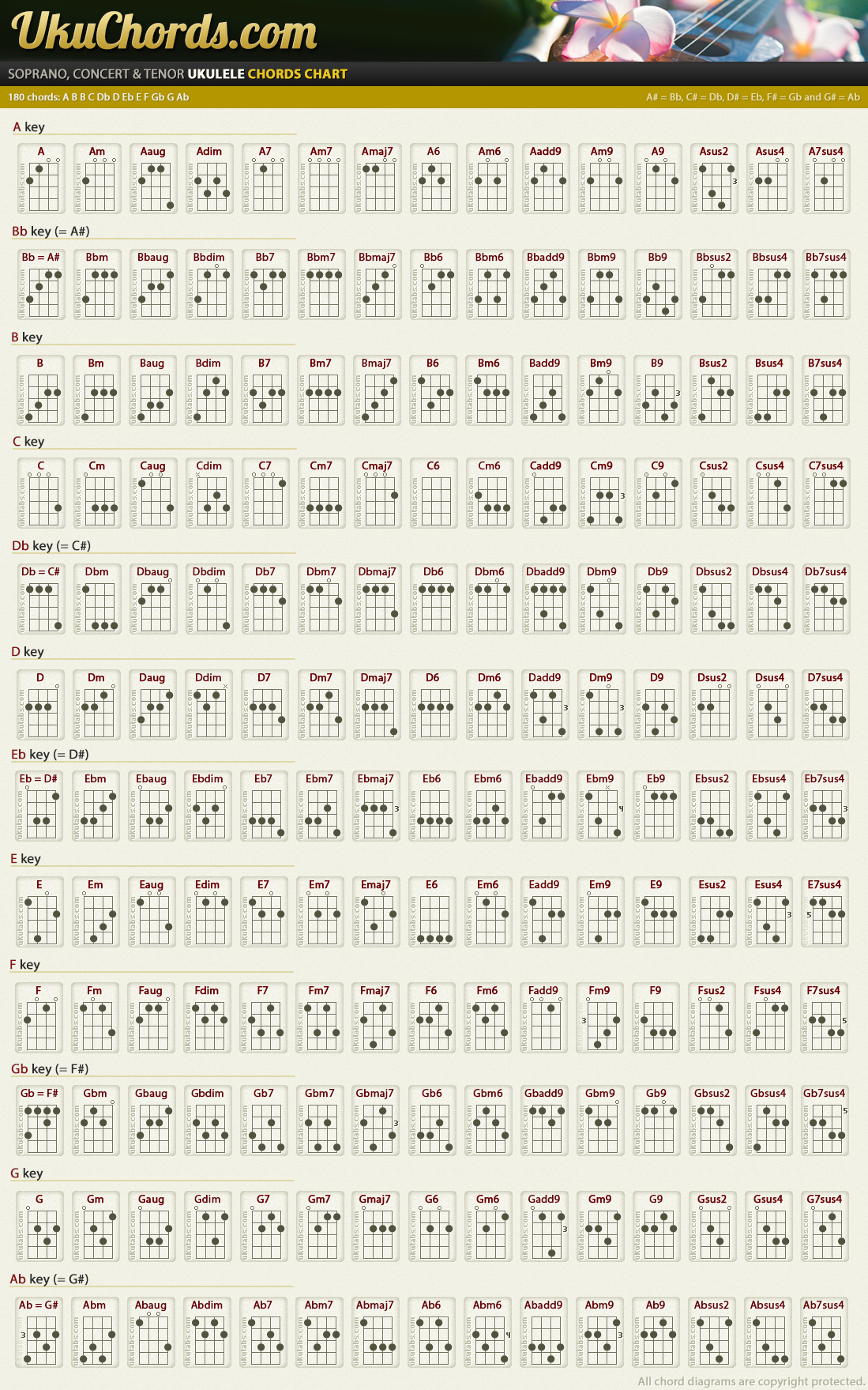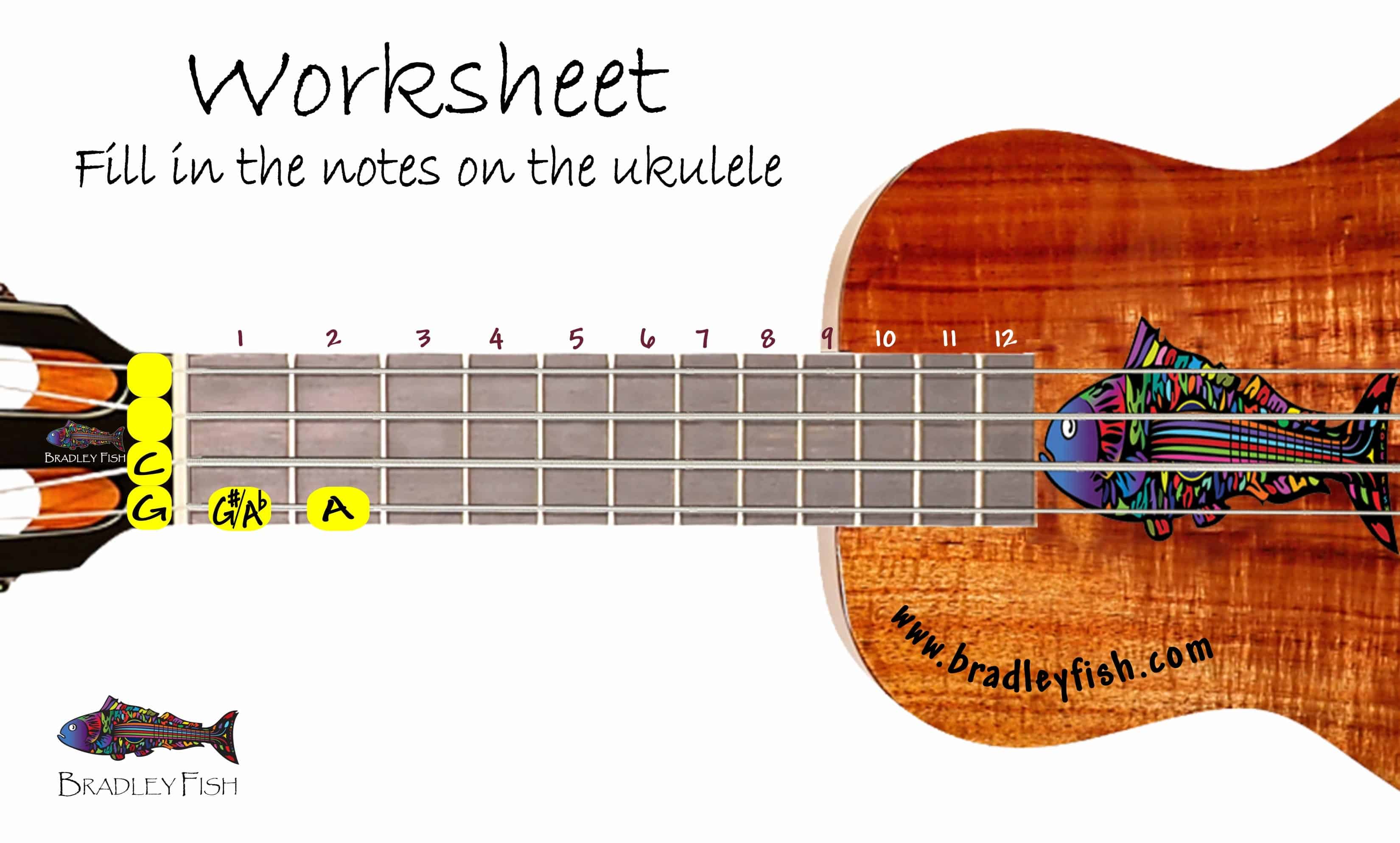



Fluorocarbon Stringsįluorocarbon strings are similar to traditional nylon strings, but they make a brighter, crisper, resonant tone. In other words, these strings make your ukulele sound like a traditional guitar. It lets your uke make a brighter sound without shifting to solid steel strings. This type of string is similar to wound nylon, except that it has a metal core. Known for their rich sound, wound nylon strings are commonly used on baritone or tenor ukuleles. They consist of a nylon core surrounded by a layer of polymer thread. Wound nylon strings are somewhat of a hybrid of the traditional nylon and another material: bright steel. If you do not mind having to tune your uke from time to time, this type of string is a great option for you. However, note one complaint about nylon strings: they do not hold their tuning very well. This type of string is not as common as it was, but one that makes the most similar sound is the nylon string.ĭurability and resistance to humidity are just some of the benefits of nylon strings. In the old days, people used gut strings made from the intestines of farm animals. There are five types of strings, each one using a different material.Ĭhoose the best strings for your ukulele based on the tone and quality. Your string choice will depend on what kind of sound you want your uke to produce. The soprano ukulele strings are 21 inches long if the scale is 13 inches.įor the baritone string sets, the length is 30 inches for a 19-inch scale length.Ĭoncert ukulele strings have a length of 23 inches for a scale length of 15 inches.įinally, the tenor ukulele strings are 16 inches long for a scale of 17 inches. There are four different ukelele types: the soprano ukulele, the concert ukulele, the tenor ukulele, and the baritone ukulele. Size, in turn, depends on the type of uke. The length of the string depends on the size of the instrument. This arrangement is true for both right-handed and left-handed players – the only difference is the positioning of the fretboard. Unlike the six names in guitar strings, the top string would be G, followed by C, E, and A.Ī baritone ukulele is slightly different since it has a D-G-B-E baritone tuning, with D as the topmost string. However, like in guitars, we call each string in a ukelele by the single note it plays without pressing a finger on any fret. Third, ukeleles have a higher tonal range than guitars. Second, it only has four strings compared to the guitar’s six. The ukulele looks like a traditional guitar, but it has some key differences.įirst, the uke is much smaller, making it easier to handle and transport. We will go through them one by one, so you can get a better insight into the bright instruments that are ukuleles.īefore getting into the different types of strings and standard tuning tools, let’s discuss the number, name, and length of ukelele strings. There are also many ways to tune the uke strings and get the beautiful sound that you expect from these stringed instruments. There are a wide variety of string types, and each one has something different to bring to the table. To answer the question of what are the strings on a ukulele, you need to understand many different things about them.


 0 kommentar(er)
0 kommentar(er)
